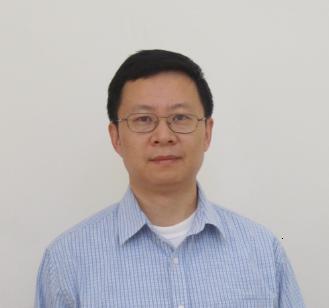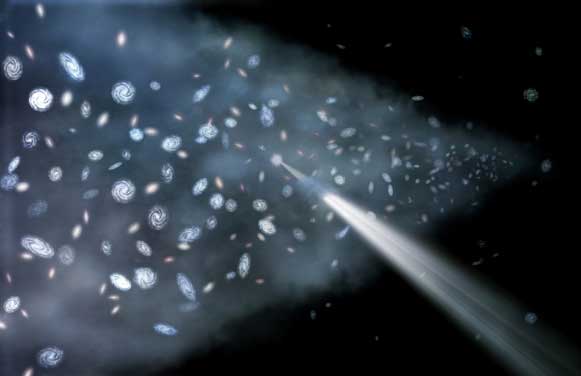国台学术报告 NAOC COLLOQUIUM 2012年 第08次 / Number 08, 2012
Speaker: Dr. Taotao Fang (Xiamen University) Time: Wednesday, 3:00 PM, Mar. 07, 2012 Location: NAOC A601

Dr. Taotao Fang is a professor at Xiamen University. He did his Ph.D at the Massachusetts Institute of Technology. He was a postdoc at Carnegie Mellon University and also at the University of California at Berkeley as a Chandra Fellow. He then went to the University of California at Irvine as a research scientist before he joined Xiamen University. His research interest lies primarily in exploiting cosmological simulations and multi-wavelength observations of the intergalactic medium (IGM), the main repository of baryons in the universe, and its interaction with galaxies.

Abstract: As the main repository of baryons in the universe, cosmic gas provide important clues to the formation and evolution of the large scale structure. I will discuss three separate projects, two of which are related to the two "missing baryons" problems and one related to the numerical simulation of galaxy clusters, with a focus on understanding the cosmic structure formation and evolution through its gaseous content. At large scale, the "missing baryons" problem refers to the discovery that the observed baryonic matter in the local universe accounts for less than 50% of the total baryons. At small scale, the second ”missing baryons” problem refers to the fact that the cold baryon fraction in Milky-Way size galaxies is well-below the mean cosmic baryon fraction. I will discuss our recent progresses toward solving both puzzles. Finally, I will talk about some problems with the current, most advanced cosmological simulations of galaxy clusters, and how we can use observations to constrain gas feedback processes and determine the accuracy of the cluster mass measurement.
All are welcome!Tea, coffee, biscuits will be served at 2:45 P.M. | 












